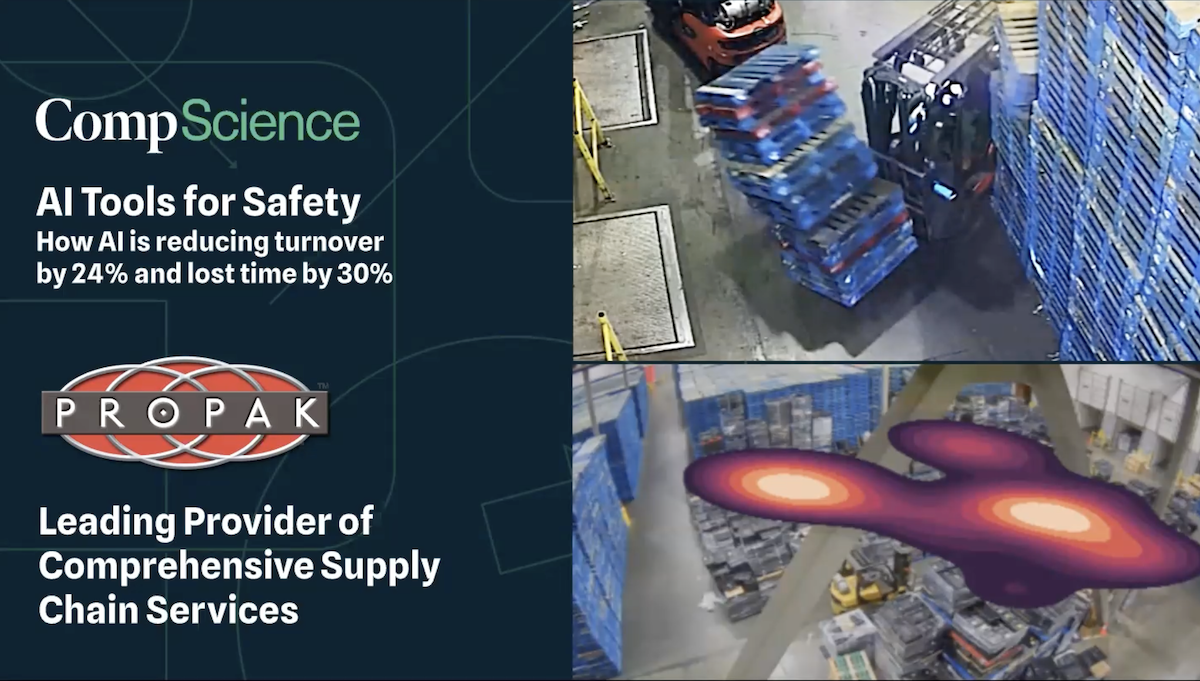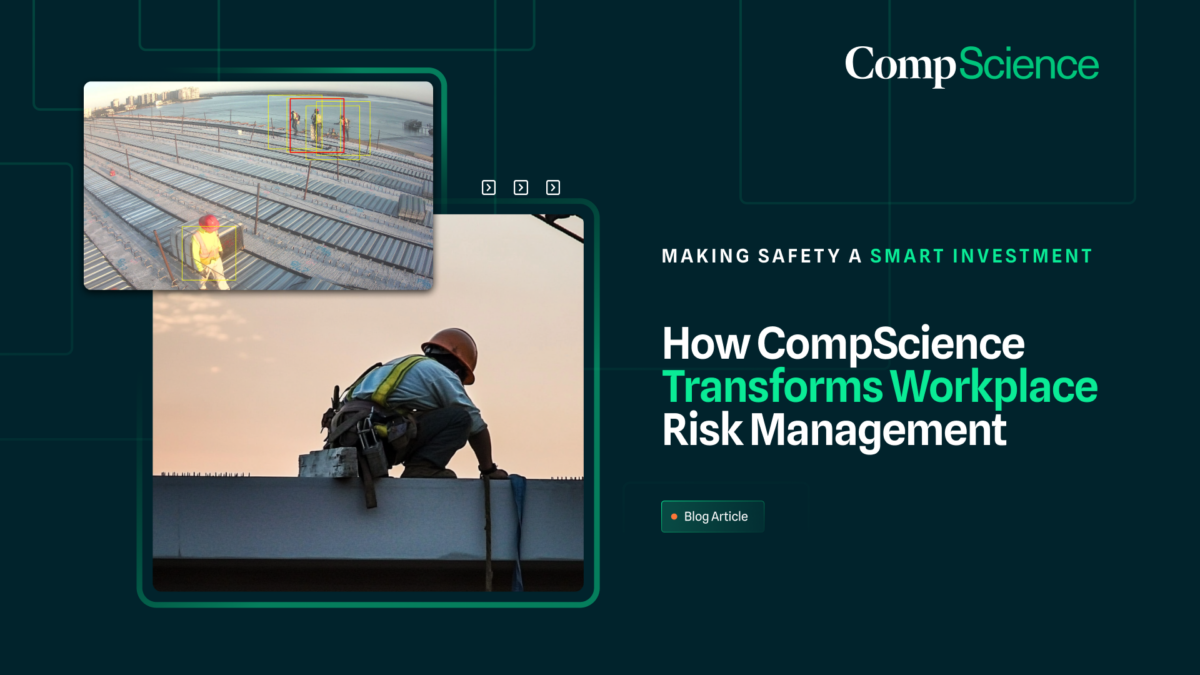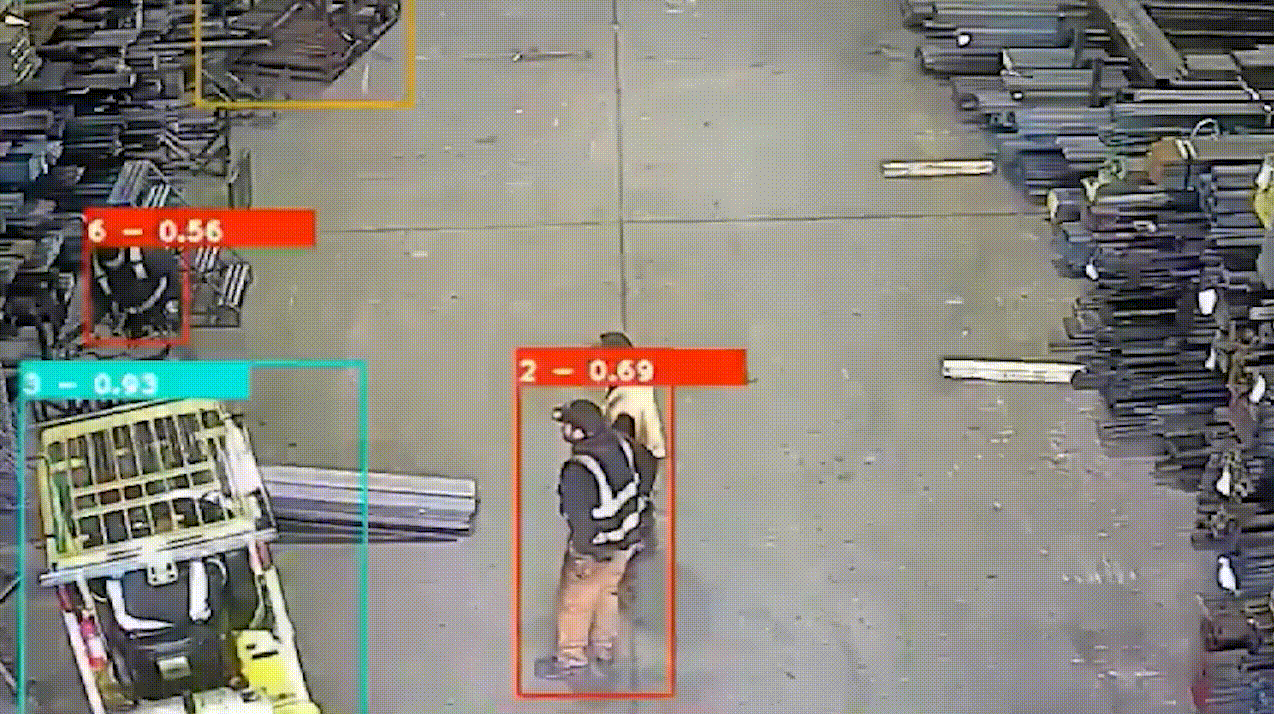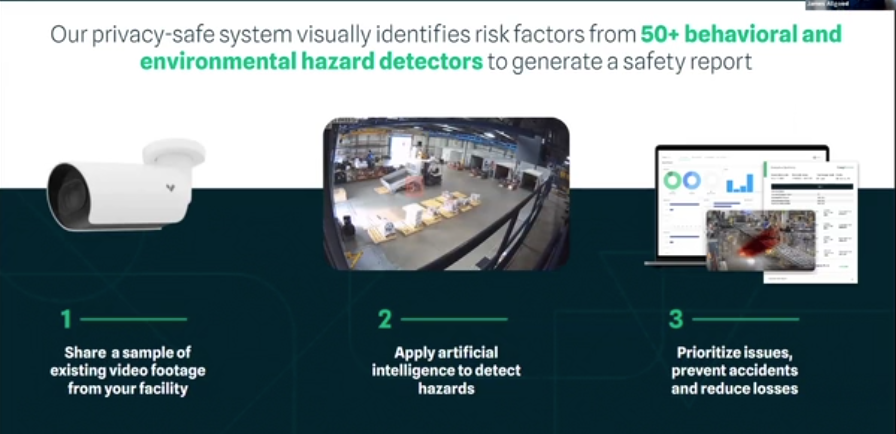What is “safety analytics”?
Safety analytics is a solution for understanding safety risks. With that data, organizations can lower costs and increase productivity by using the analytics to make changes in workflow that lowers risk.
Get a Demo of Safety Analytics Platform from CompScience and learn more about our insurance policies that combine workers’ comp and safety analytics.
Safety analytics is the process of collecting, analyzing, and interpreting data related to safety incidents, risks, and hazards within an organization or industry.
Safety Analytics involves the use of statistical methods and analytical tools to identify trends and patterns in safety-related data, as well as to develop insights and recommendations for improving safety performance. Safety analytics is a critical tool in promoting safety across different industries. It can be applied in various contexts, including workplace safety, transportation safety, product safety, and public safety. In each of these contexts, safety analytics helps organizations to identify potential hazards and risks and take proactive measures to prevent accidents and incidents.
Some of the key benefits of safety analytics include:
- improved safety performance
- increased efficiency and productivity
- reduced costs associated with safety incidents
- enhanced reputation and brand image.
- regulatory compliance
- demonstrating a commitment to safety to stakeholders
Workplace safety is one of the most common applications of safety analytics. By analyzing data related to accidents, injuries, and near-misses, organizations can identify areas of high risk and implement strategies to prevent future incidents. For example, safety analytics can help organizations identify the most common causes of accidents, such as slips, trips, and falls, and develop programs to reduce the likelihood of such incidents. Additionally, safety analytics can help organizations evaluate the effectiveness of their safety programs and identify areas for improvement.
Transportation safety is another critical application of safety analytics. By analyzing data related to accidents, near-misses, and other safety-related events, transportation organizations can identify areas of high risk and implement strategies to reduce accidents and improve safety. For example, safety analytics can help transportation organizations identify common causes of accidents, such as driver fatigue or poor road conditions, and develop strategies to mitigate these risks. Additionally, safety analytics can help transportation organizations optimize their safety training programs and identify areas for improvement.
Product safety is another important application of safety analytics. By analyzing data related to product defects, recalls, and other safety-related incidents, organizations can identify areas of risk and take steps to improve product safety. For example, safety analytics can help organizations identify common causes of product defects, such as manufacturing errors or design flaws, and develop strategies to address these issues. Additionally, safety analytics can help organizations improve their quality control processes and reduce the likelihood of product defects.
Finally, safety analytics can also be applied to public safety. By analyzing data related to crime, accidents, and other safety-related events, public safety organizations can identify areas of high risk and develop strategies to improve safety. For example, safety analytics can help law enforcement agencies identify high-crime areas and develop strategies to reduce crime rates. Additionally, safety analytics can help emergency services organizations optimize their response times and improve their ability to respond to emergencies.
In conclusion, safety analytics is a critical tool for promoting safety across different industries and contexts. By analyzing data related to incidents, injuries, near-misses, and other safety-related events, organizations can identify areas of high risk and take proactive measures to prevent future incidents. By doing so, organizations can improve safety performance, reduce costs associated with safety incidents, and enhance their reputation and brand image.
Learn more about how the CompScience team embraces Safety Analytics. And find out how to calculate the ROI of safety analytics.









